Image
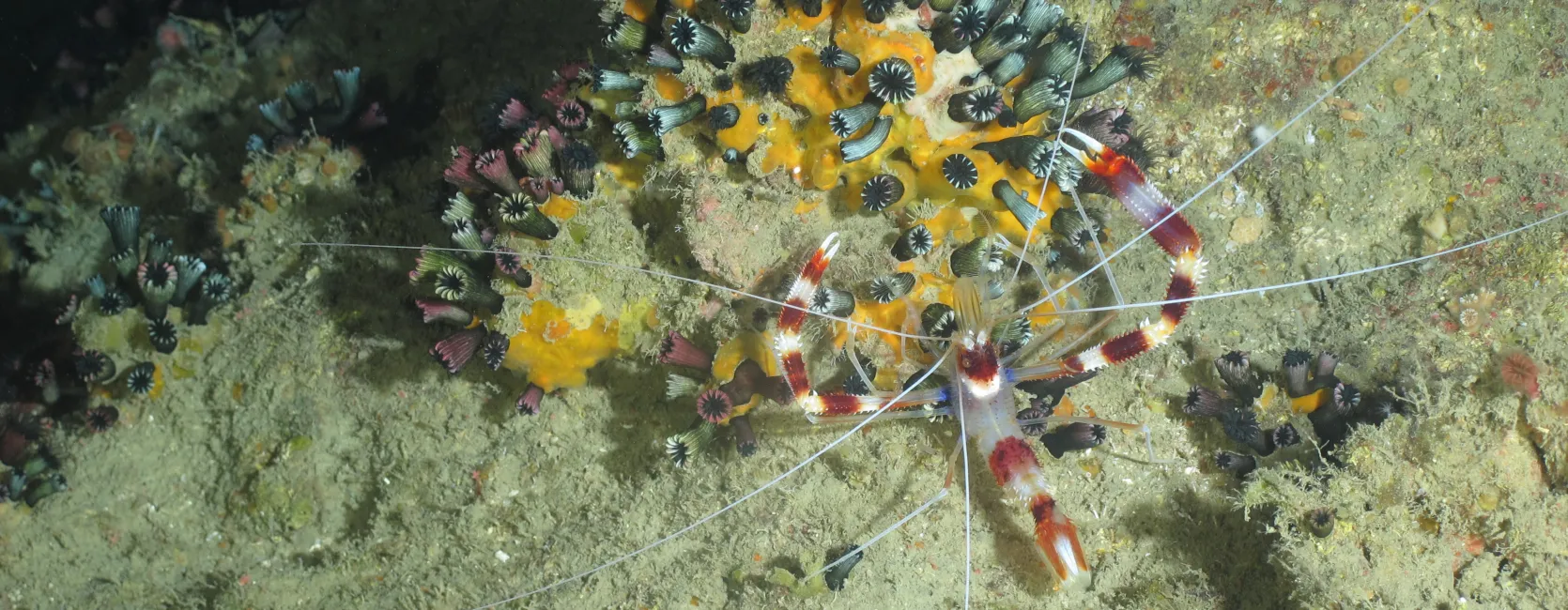

Communities are comprised of a variety of living organisms, or biodiversity. Like the components of an engine, different species in an ecosystem carry out different functions. Deep sea corals and sponges, for example, take up nutrients from the water through feeding, but also provide habitat and food for other creatures, such as fishes, sharks, sea stars, and crabs. To understand how mesophotic and deep benthic communities work – and how they respond to stress or injury – we need to know what species live in these habitats and what biological roles they play.
Scientists have been describing life in waters off the coast of the U.S. for decades, but there is still much we don’t know about the mesophotic and deep benthos due to the challenges in observing and sampling life in the deep sea. NMNH-MDBC personnel are leading the effort to collect and describe as many invertebrate species as possible from these critical habitats, so that we have an accurate inventory of life to inform conservation and restoration efforts. The team is particularly focused on characterizing corals, sponges, and the marine invertebrates that live in close association with them. Whether these relationships are predatory, such as a coral-eating snail, or mutually beneficial like a brittle star living on coral branches, determining how these species interact will provide information on community structure as well as ecosystem function and stability.
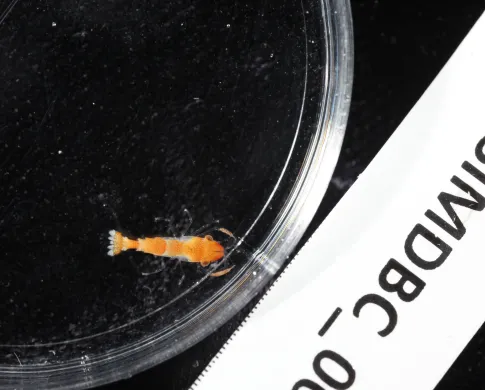
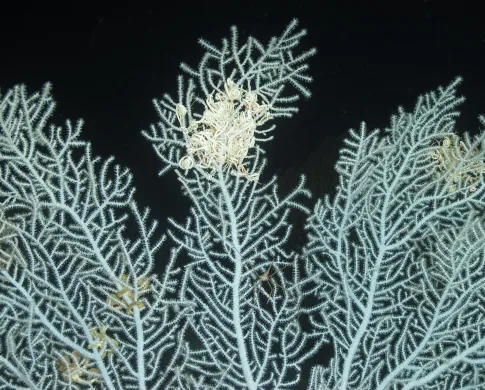
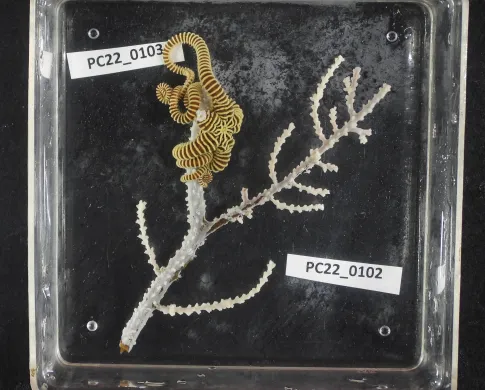
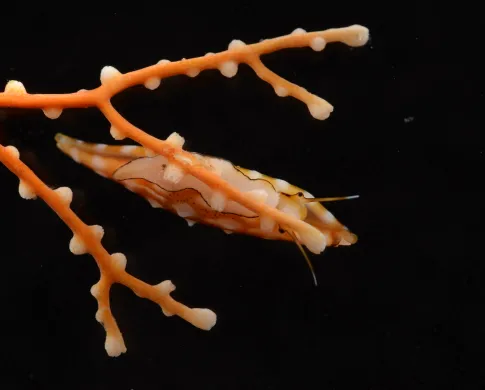
NMNH-MDBC scientists use a variety of tools to characterize biodiversity, including specimen examination and video annotation (methodically noting species observed in underwater video footage). The first step is to identify species using an integrative taxonomic approach, which combines morphological information – the physical shape and characteristics of an organism – with genetic information derived from DNA. In-house taxonomic specialists (see MDBC Personnel) as well as visiting experts study and compare Gulf specimens to assign correct species names. This morphological analysis often includes microscopic imaging of features such as spines, scales, or skeleton pieces. If an animal does not match the characteristics of known species, it may be new to science and require a new name and formal description.
Along with morphological study, NMNH-MDBC personnel are genome skimming DNA from a wide selection of Gulf invertebrates to produce genetic data useful for species identification. Genome skimming is a laboratory technique where you fragment a specimen’s DNA into small pieces, sequence the pieces, and assemble them back together like a puzzle. From this genetic data, NMNH scientists are harvesting sections of DNA that are unique to each species, called DNA barcodes, to build a DNA reference library (see eDNA Reference Library) as well as gene regions that are similar among closely related species to be used to construct the evolutionary history of species. The DNA data derived from MDBC genome skimming not only helps scientists characterize species diversity in the habitats impacted by the oil spill; these data will also become publicly available resources for scientists worldwide.